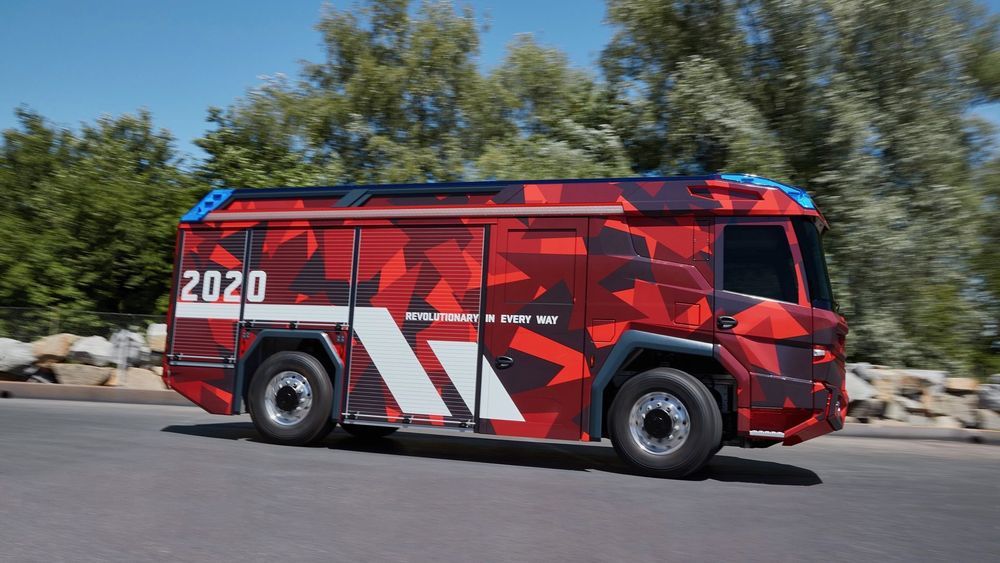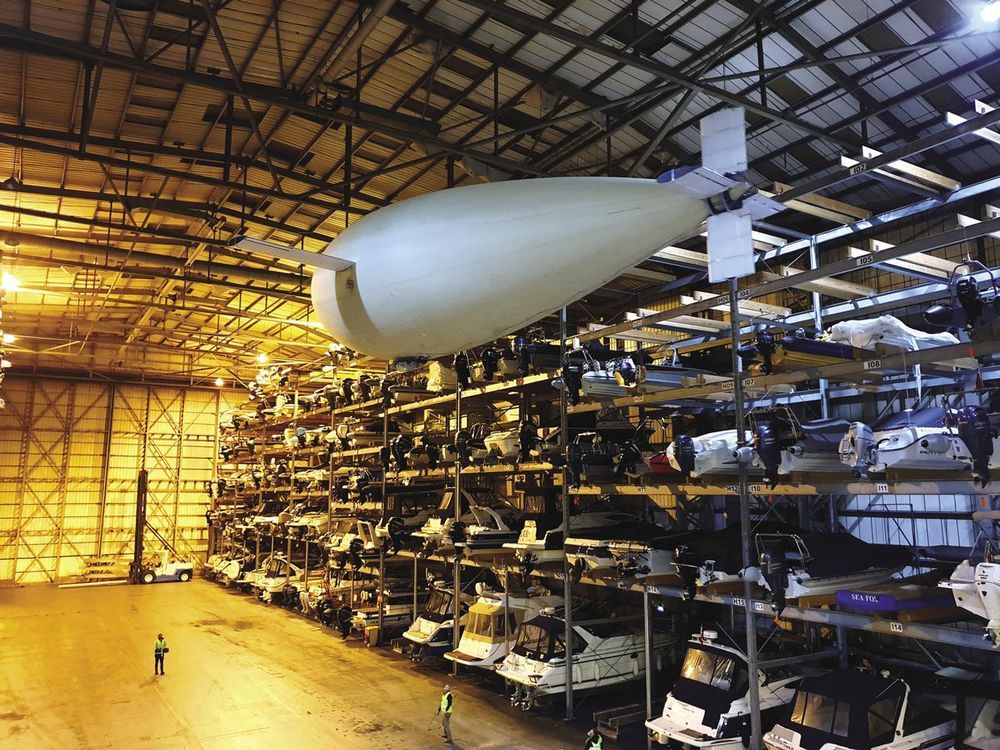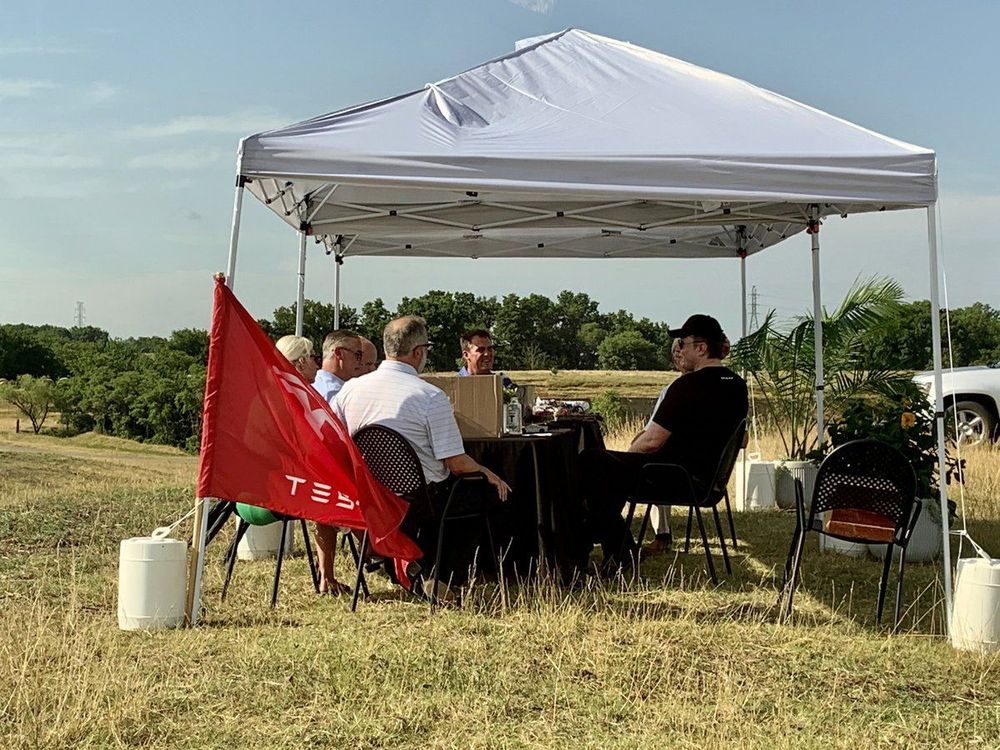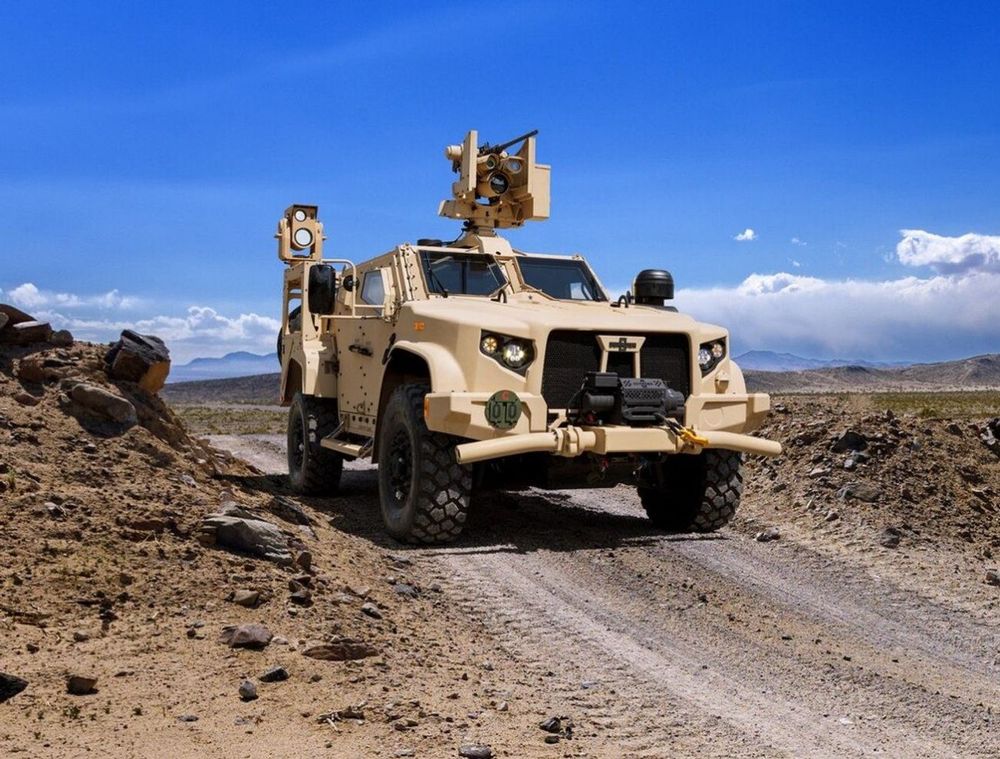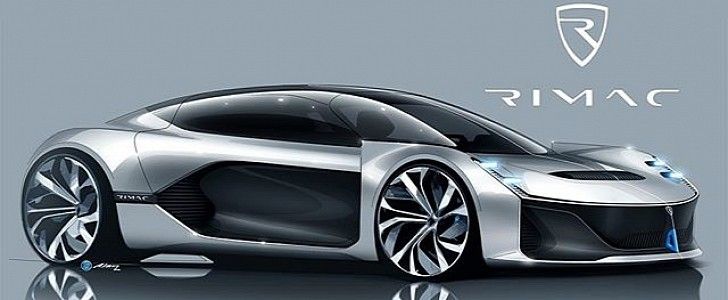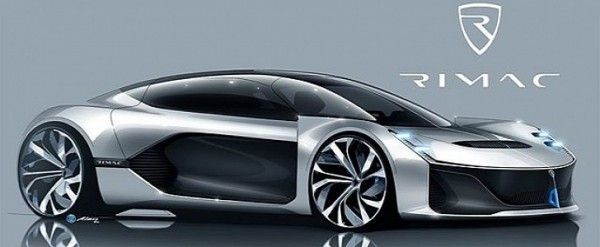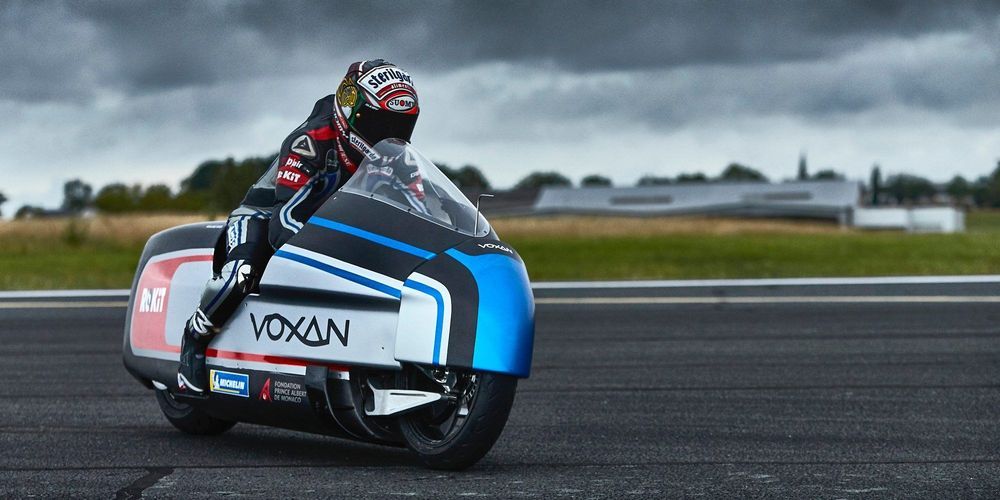The new bullet train can run up to 360 kilometers per hour, a new record set during a test run in 2019, making it one of the fastest trains in the world.
Japan’s latest record-breaking bullet train doesn’t only run faster and smoother — it’s also able to transport passengers to safety in the event of an earthquake.
The N700S — the ‘S’ stands for ‘Supreme’ — entered into service July 1 and serves the Tokaido Shinkansen line, which links Tokyo Station and Shin-Osaka Station in Osaka.
It can run up to 360 kilometers per hour, a new record set during a test run in 2019, making it one of the fastest trains in the world. The operating speed, however, will be capped at 285 kilometers per hour.

